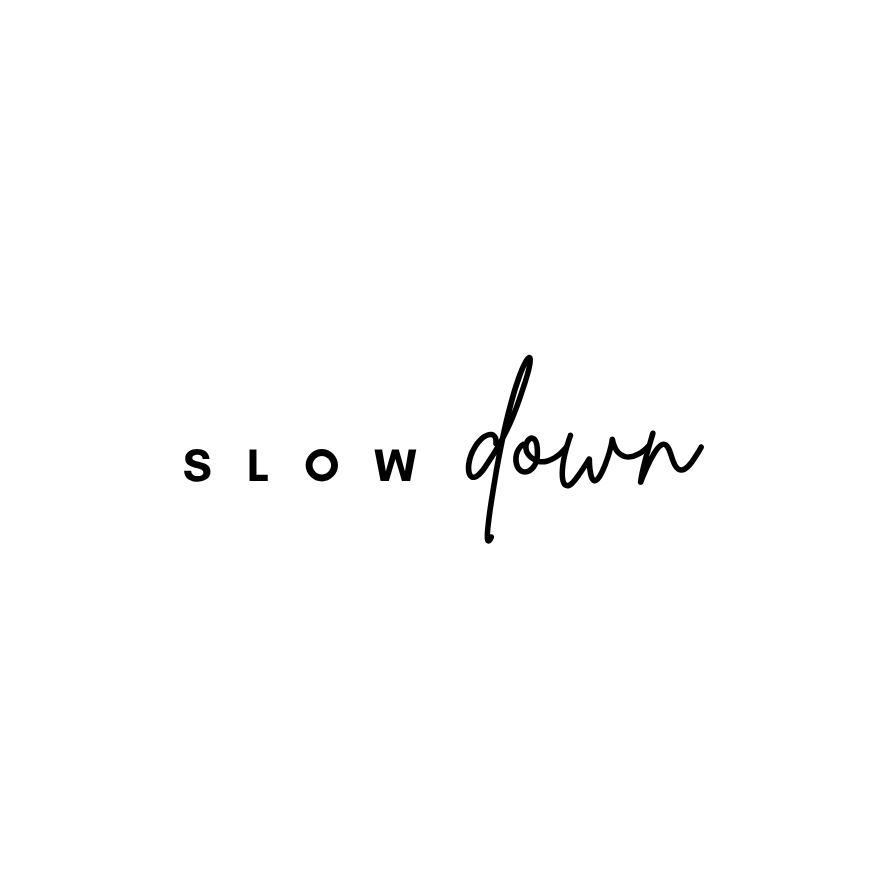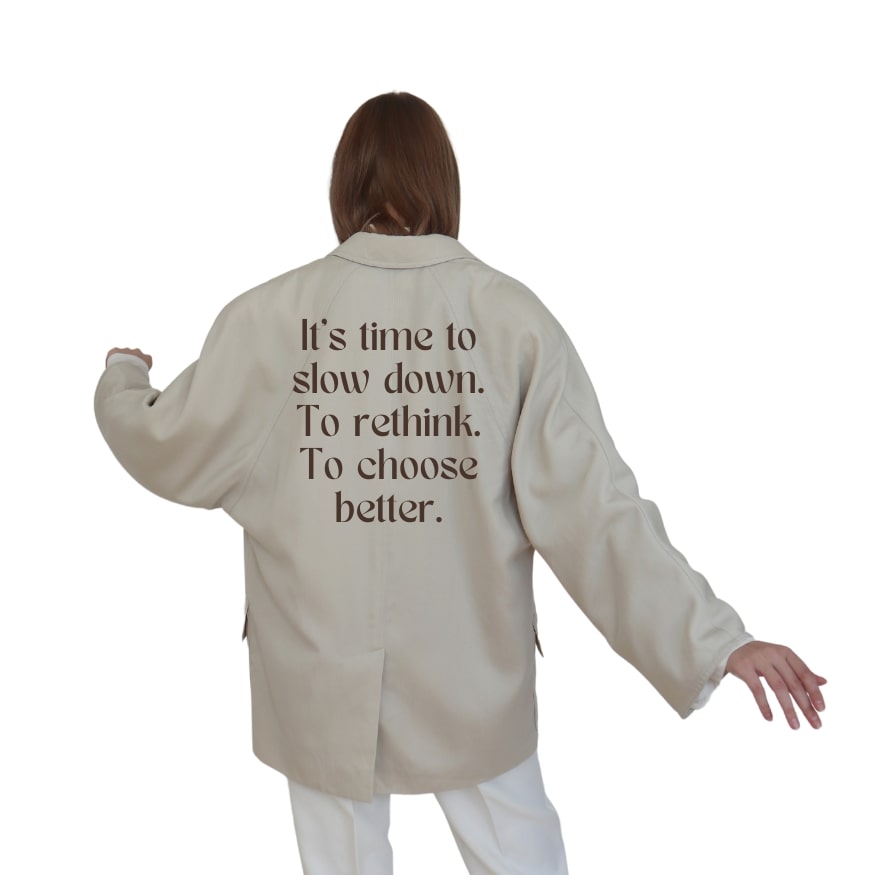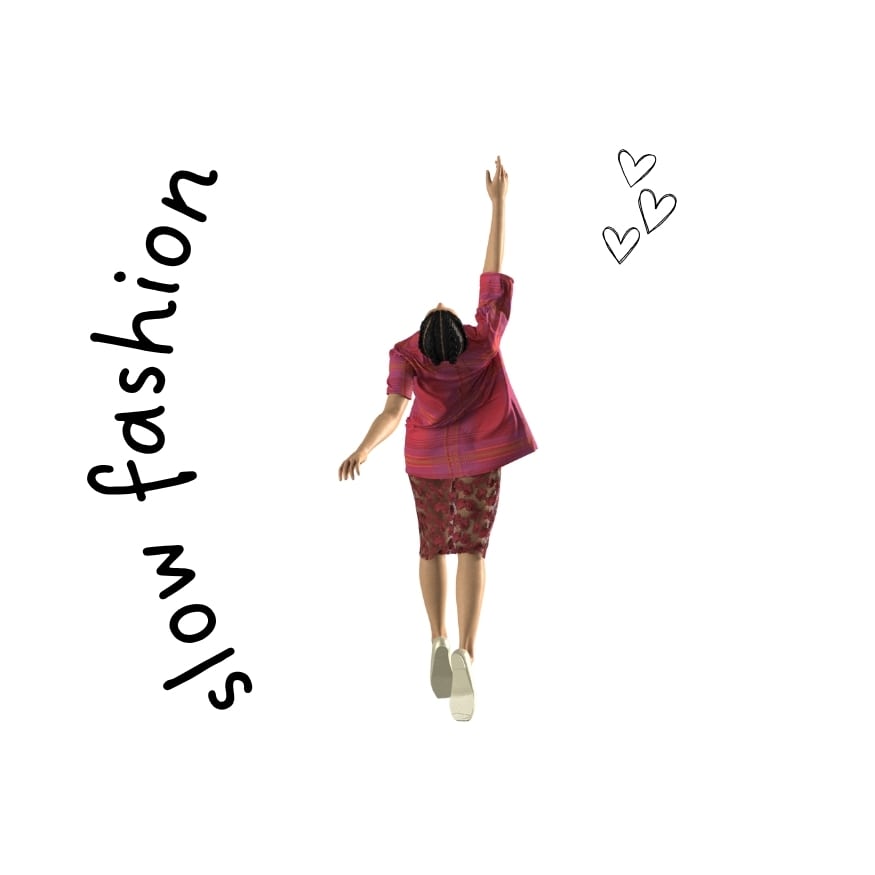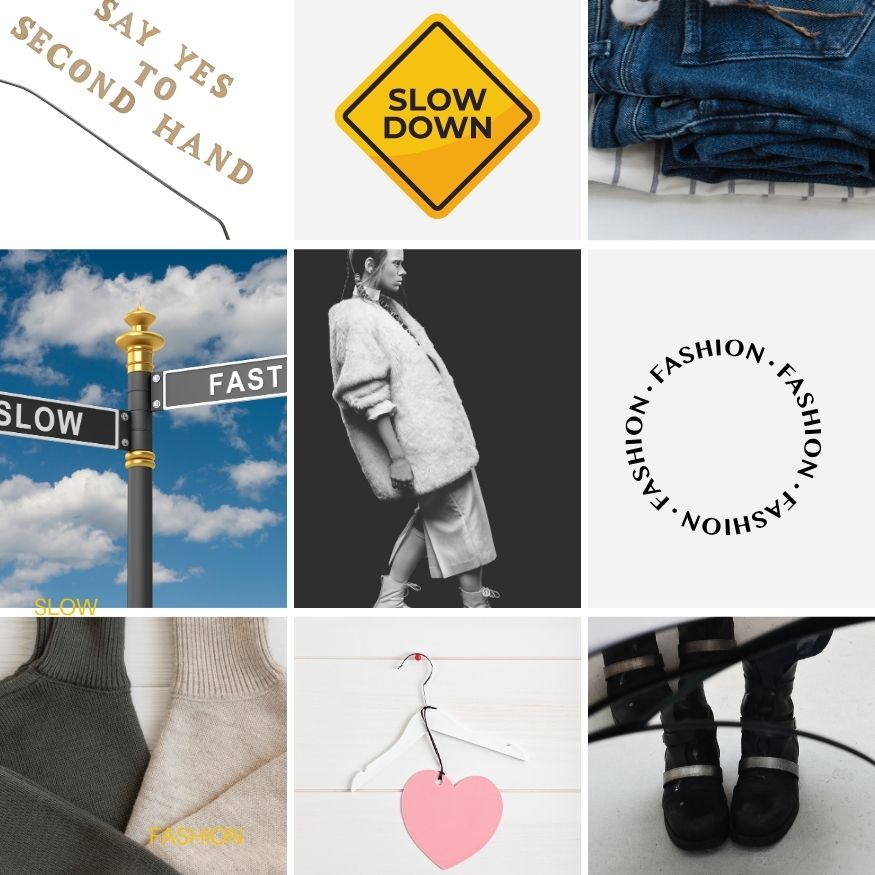
Why Slow Fashion Matters More Than Ever
Stepping into Slow Fashion is like entering a haven where style meets sustainability.
It’s a deliberate shift from fast fashion’s constant churn, urging us to reflect on our clothing choices.
Beyond a mere wardrobe update, Slow Fashion prompts a thoughtful approach—considering the craftsmanship, materials, and environmental impact.
It’s a break from the disposable fashion cycle, advocating for a timeless wardrobe that aligns with our values.
In this movement, fashion becomes a conscious, meaningful choice, fostering a deeper connection with the clothes we wear and the world we inhabit.
We live in a fast-paced era where everything moves at an incredibly fast speed, and everything must be done quickly without wasting time.
Our shopping habits have also been affected by this. Thanks to smartphones and apps, we can now buy clothes with the touch of a button.
We purchase cheap products that only last for a season so that we can look fashionable and follow trends; however, we don’t question the impact this shopping behavior has on the planet and the climate.
In fact, the fashion industry is the second most polluting industry in the world.
The question is, can we change this behavior?



